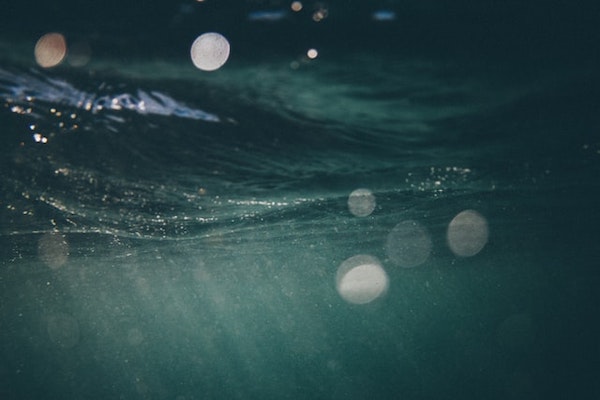University of British Columbia – By studying the tendency of fish to return to their place of birth to reproduce (a concept known as philopatry that is often, and falsely, thought to apply only to salmon species) and pairing such knowledge with catch distribution maps and tagging and genetic sequencing studies, researchers at UBC’s Sea Around Us initiative identified the tentative migration routes of 11 tuna and other large pelagic fish in the Pacific Ocean and determined that certain areas should be considered as of ‘high’ and ‘very high’ priority when it comes to maintaining their populations.
“We applied the concept of philopatry to the movements extracted from tagging studies of species such as the near-threatened Pacific bluefin tuna and the heavily-fished yellowfin tuna, and we also combined this information with the links between populations inferred from genetic studies. This allowed us to identify tentative annual migration cycles,” said Veronica Relano, a doctoral candidate with the Sea Around Us and lead author of the study that presents these findings.
“The interesting thing is that when we compared our proposed migration routes and the mapped catch data from 1950 to 2016 available on the Sea Around Us website, we found many coincidences. Clearly, the accuracy of these routes is reinforced by considering philopatry, although they are still tentative,” she said.
After analyzing the seasonal migration paths of each of the 11 fish species individually, the researchers superposed them and noticed that several species and populations of these large pelagic fishes use the same migration routes.
“Those high-traffic areas, two of which are in northeastern and central sections of the Pacific Ocean and two in the southwestern and central sections, should become parts of blue corridors, which are routes where strict fisheries management measures or partial bans of industrial fishing ought to be enforced to allow for increased connectivity of habitats and thus allow populations of marine species to maintain themselves,” said Dr. Daniel Pauly, co-author of the study and the Sea Around Us principal investigator.
“But before setting up any protected area to support the rebuilding of diminished fish populations, it is important to consider the entire body of knowledge available on the migrations and movements of different species. This is what we set out to do with this study. Our findings suggest in which areas such efforts would be more effective, but as stated in our title, the closed migration cycles we propose are tentative, and thus it would be nice if other researchers set out to test their validity,” he said.









